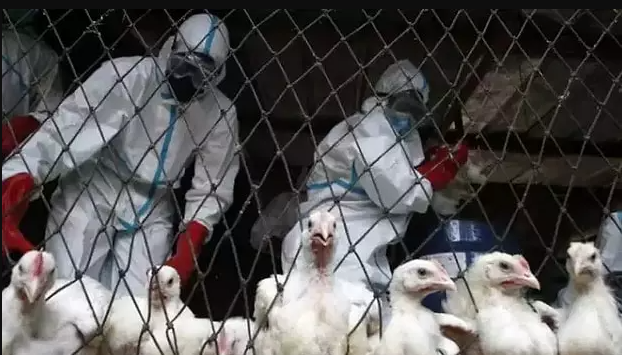A new study suggests that the monkeypox virus mutates much faster than would normally be expected, possibly going through a period of “accelerated evolution”.

The virus, which has infected more than 3,500 people in 48 countries since it was first detected outside Africa in May, may be more contagious due to dozens of new mutations. According to a new study published in the journal Nature Medicine, the virus carries 50 new mutations that have not been seen before.
Scientists don’t usually expect viruses like monkeypox to gain more than one or two mutations each year, the study authors said.
Monkeypox is a rare disease that virologists think may circulate naturally in monkeys and rodents. An orthopox virus, it comes from the same family and genus as the variola virus that causes smallpox and does not usually spread beyond West and Central Africa, where it is endemic.
But this year, the first widespread outbreak of the disease has spread beyond Africa. The situation surprised scientists and led the World Health Organization (WHO) to start considering classifying the outbreak as a global health emergency.
Monkeypox virus strains can be divided into two divisions, or lineages, known as the West African and Congo Basin divisions, according to STAT. Viruses in each branch carry different mortality rates; the West African branch has roughly a 1 percent mortality rate, while the Congo Basin virus kills an estimated 10 percent of those it infects.The ongoing outbreak appears to be driven by the West African branch, STAT reported.
As a large double-stranded DNA virus, monkeypox can fix far more replication errors than an RNA virus like HIV, which means that the current monkeypox strain should really have accumulated only a handful of mutations since it first started circulating in 2018.
But after collecting DNA from 15 monkeypox viral samples and reconstructing their genetic information, the researchers found that the actual mutation rate was 6 to 12 times higher than they expected.

Historically, monkeypox is transmitted from person to person through open skin lesions, body fluids, contaminated material, respiratory droplets coughed into the air and close skin contact.
But the unprecedented speed of the new infections suggests that something may have changed in how the virus infects its hosts and that new mutations could be a possible cause.
Many of the mutations identified by the researchers also carry clues that they may have arisen because of the virus’ contact with the human immune system, specifically a family of virus-fighting enzymes called APOBEC3. These enzymes attack viruses by forcing them to make mistakes when copying their genetic code, which often leads to the virus breaking down.
Sometimes, however, the virus survives the encounter and acquires a few mutations to its genetic code, according to STAT. The theory is that such battles occurred repeatedly, causing the virus to take on many mutations in a short period of time, the researchers say.
Despite its name, monkeypox is most commonly transmitted to humans from rodents. African rope squirrels, striped mice, giant possums and brush-tailed porcupines are the species believed to be the main reservoirs of the disease.
The last time monkeypox was this widespread in the United States was in 2003, when 71 people were infected with the West African virus after a shipment of infected Gambian possums imported into Texas from Ghana transmitted the disease to local prairie dogs.
A direct cure for monkeypox has not yet been tested, but doctors administer antiviral drugs and antibodies to patients taken from people vaccinated with the smallpox vaccine.




